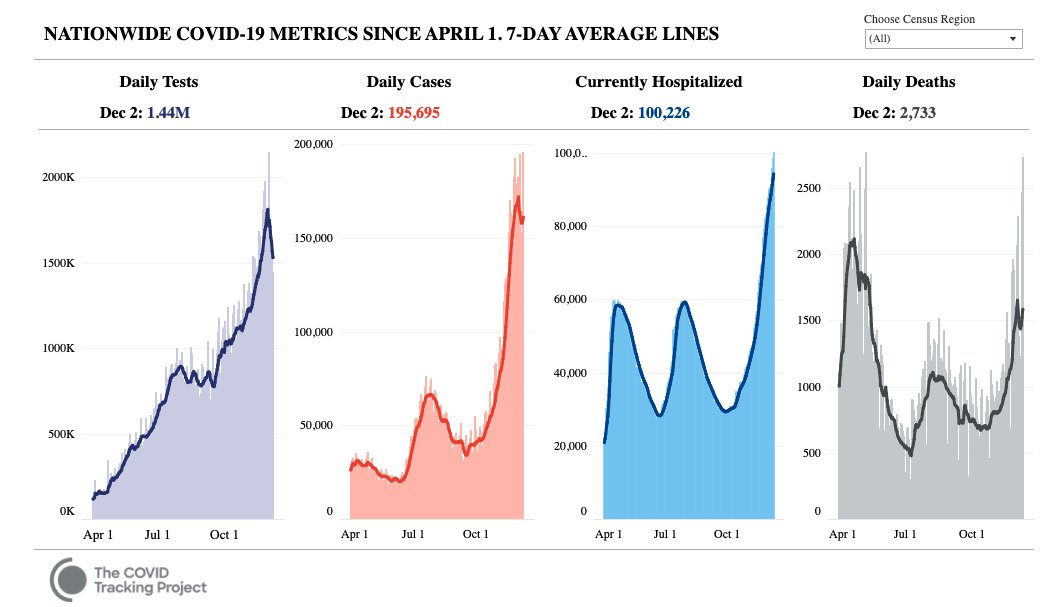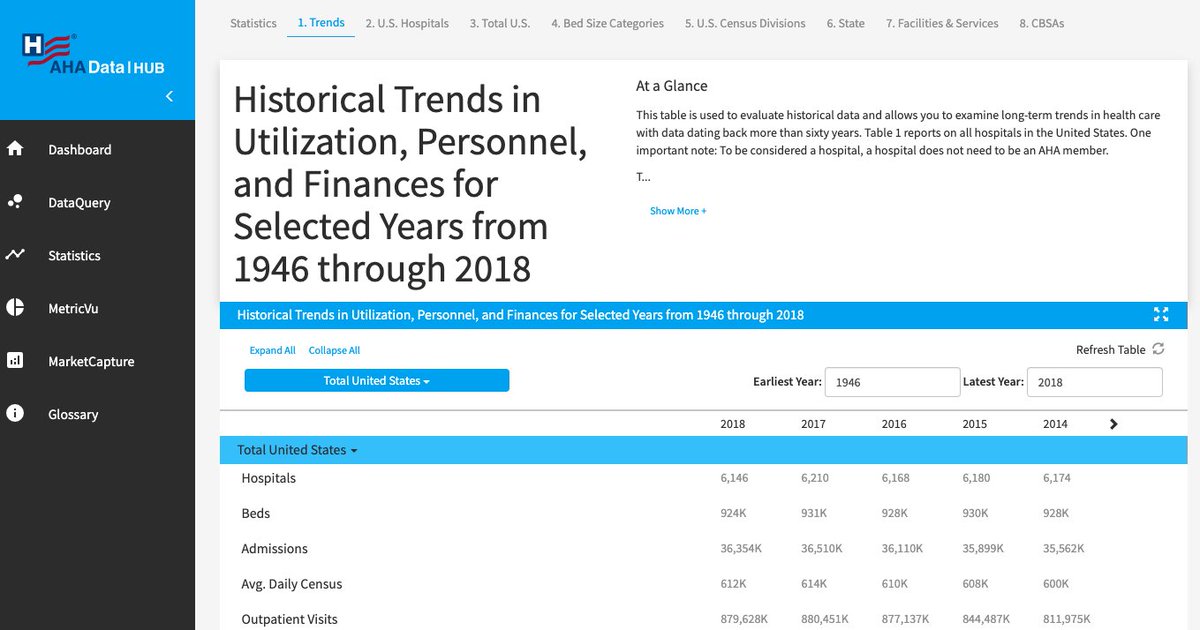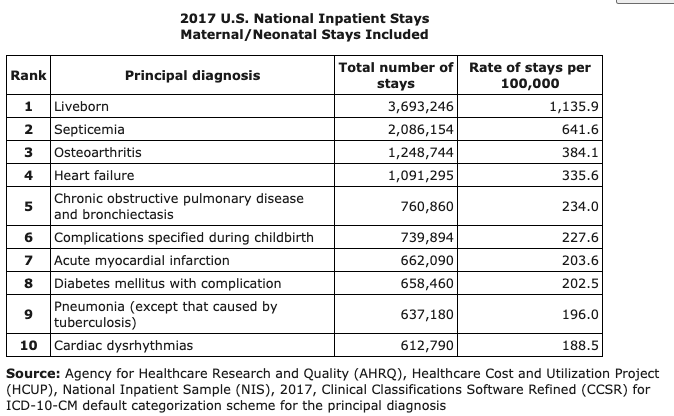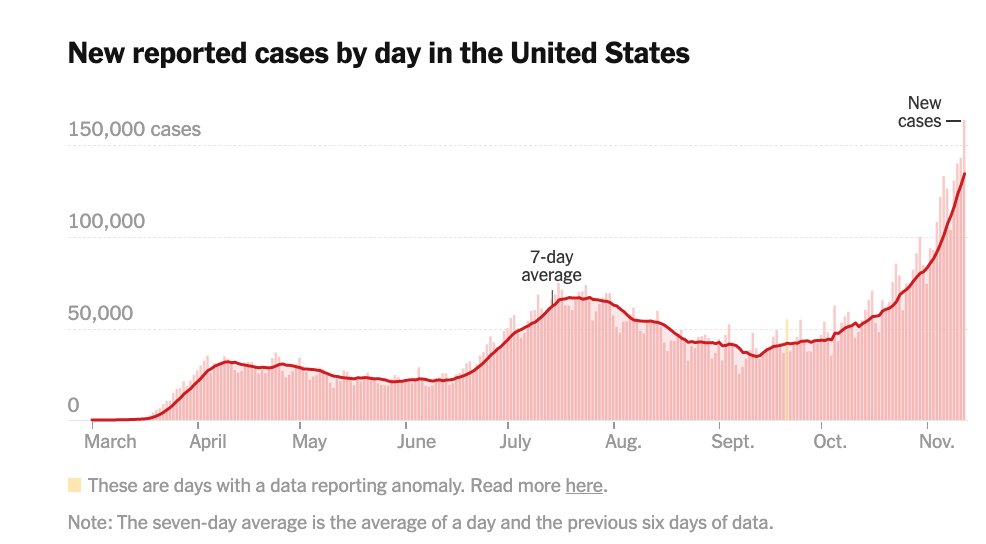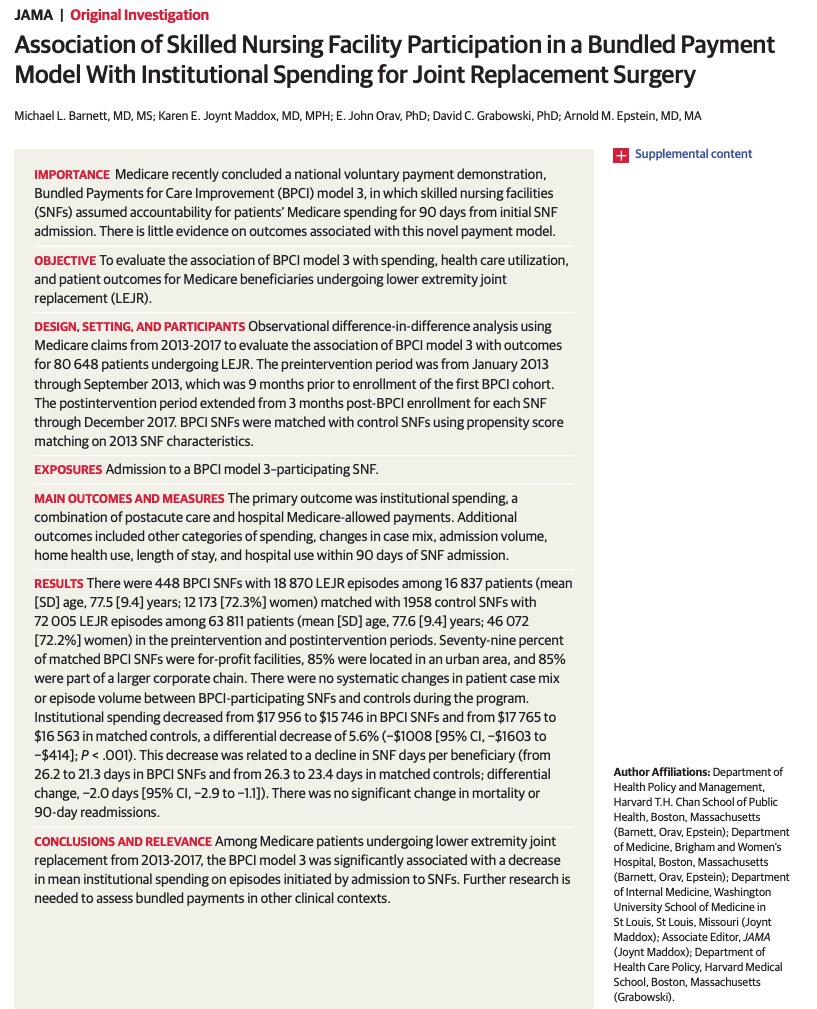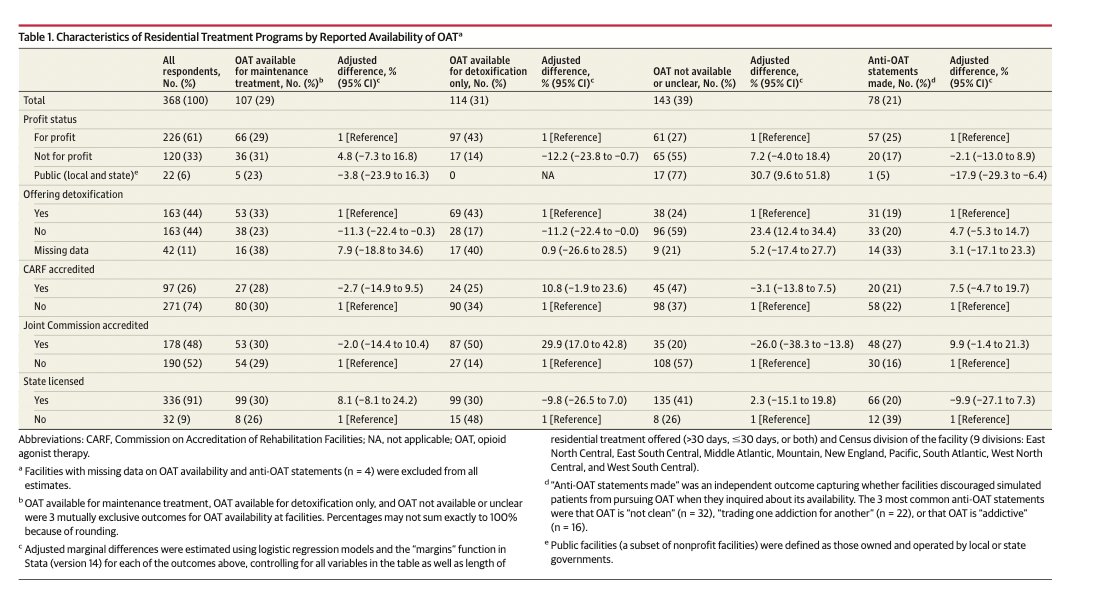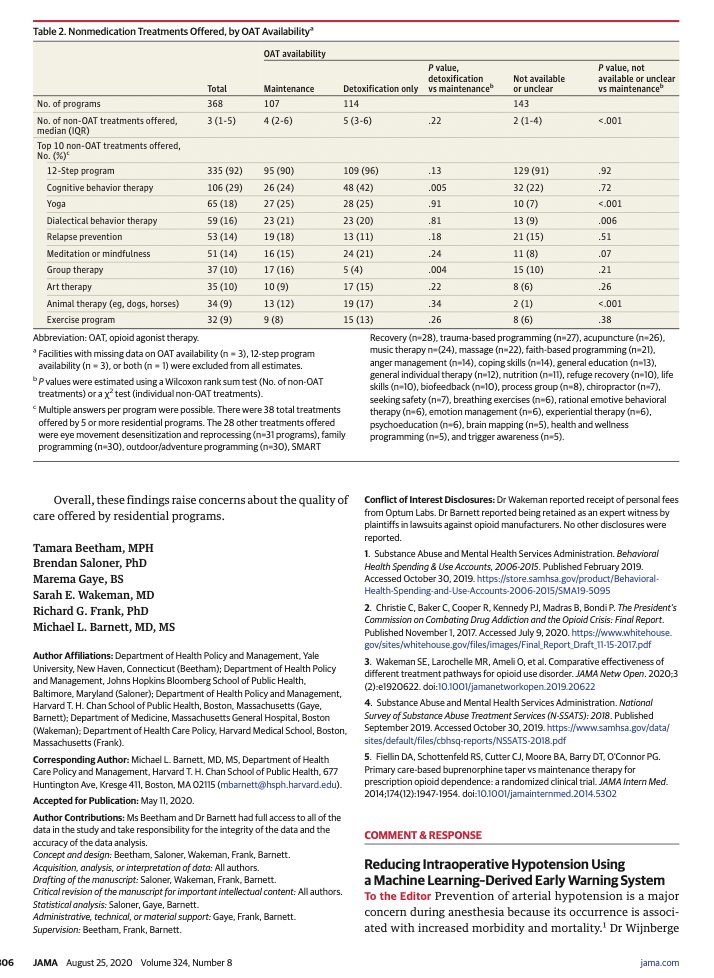
On Saturday, I went outside to clear the small hill of ice that snow plows helpfully deposit on our driveway when it snows.
I didn't see a slick patch of ice. My feet flew into the air and I went splat on my left shoulder.
I was in enormous pain and realized I needed help.
I didn't see a slick patch of ice. My feet flew into the air and I went splat on my left shoulder.
I was in enormous pain and realized I needed help.
https://twitter.com/ml_barnett/status/1335983958761361408
I went to a local ED with a shoulder dislocation. I had a totally normal experience - in fact, I think above average.
But this time, as a patient, I learned again how "totally normal" in our health system is frustrating, isolating and bewildering.
But this time, as a patient, I learned again how "totally normal" in our health system is frustrating, isolating and bewildering.
After I checked in and was sitting in the waiting room, the endorphins from my fall wore off and I realized that I was in terrible pain.
The triage nurse called me in. I told her I was in a lot of pain. She snapped at me: "Look, I'm doing my job and you have to wait your turn."
The triage nurse called me in. I told her I was in a lot of pain. She snapped at me: "Look, I'm doing my job and you have to wait your turn."
I was stunned and demoralized. She took my vitals and sent me back into the waiting room. I was hunched over in pain cradling my arm.
After 5 minutes, I think she felt bad and she asked me if I wanted an ice pack. I told her I couldn't hold an ice pack.
After 5 minutes, I think she felt bad and she asked me if I wanted an ice pack. I told her I couldn't hold an ice pack.
I know EXACTLY how she felt. It was a long shift and she was tired of every patient pushing her to make them a priority. The most common pain score is often 10/10. I am guilty of this myself for sure.
But I was shocked at how abandoned I felt even with that minor exchange.
But I was shocked at how abandoned I felt even with that minor exchange.
After 20-30 agonizing minutes waiting for an X-ray and a bed, I made it into the ED.
Can I tell you what a relief it is to meet your nurse and realize there is a clinician whose is there is actually listen to you?
Can I tell you what a relief it is to meet your nurse and realize there is a clinician whose is there is actually listen to you?
It is easy to get numb to the delays and waiting involved in health care, but we inflict so much misery through waiting time alone.
Again, I had a NORMAL experience. I'm not criticizing the ED here. But we grow numb to what we expect patients to tolerate.
Again, I had a NORMAL experience. I'm not criticizing the ED here. But we grow numb to what we expect patients to tolerate.
So, I met the nice and caring ED attending who consulted orthopedics to deal with my rare posterior dislocation. It was 1 hour until I finally got an IV and pain medication.
The orthopedics resident came in and told me about my injury he saw on the X-ray.
The orthopedics resident came in and told me about my injury he saw on the X-ray.
The professional, well-meaning resident threw A TON of information at me.
Posterior dislocation
Hill Sachs fracture
Need a CT
Need an MRI
Maybe you need sedation
We'll do a reduction
Maybe surgery?
Splint for 2 weeks
Or maybe a month
CT now maybe. Or in a week.
Whoa.
Posterior dislocation
Hill Sachs fracture
Need a CT
Need an MRI
Maybe you need sedation
We'll do a reduction
Maybe surgery?
Splint for 2 weeks
Or maybe a month
CT now maybe. Or in a week.
Whoa.
No way a non-physician was going to retain that information. I'm still unsure about what follow up imaging I need, if any.
Then he consented me to get a shoulder reduction. I think anyone in health care knows this, but informed consent is such a joke!!
Then he consented me to get a shoulder reduction. I think anyone in health care knows this, but informed consent is such a joke!!
It's no better than the "terms and conditions" you have to click through for a new app or new online account
Clearly no sane person is going to read, absorb and discuss several pages of medical jargon and possible complications with no context of the magnitude risk vs. benefit.
Clearly no sane person is going to read, absorb and discuss several pages of medical jargon and possible complications with no context of the magnitude risk vs. benefit.
So I scribbled my signature, got some sweet sweet propofol and woke up with the shoulder back in the socket. Went from 9/10 pain to 0/10. Shoulders do not like being out of the socket.
Next the orthopedics attending came in with a ginormous splint
Next the orthopedics attending came in with a ginormous splint
"Wear this religiously for the next 7 days to 4 weeks {?!?) except for washing. I'll see you next week in clinic." Off he went!
But wait ... can I drive with the splint? How do I put it on? What activities should I avoid? How long is full recovery? Any long-term complications?
But wait ... can I drive with the splint? How do I put it on? What activities should I avoid? How long is full recovery? Any long-term complications?
The nurse and ED attending couldn't help me and there was nothing in the discharge documentation to help.
They had to fetch a specific tech to show me how to put on the splint - it certainly didn't seem like anyone had thought a demonstration was necessary.
They had to fetch a specific tech to show me how to put on the splint - it certainly didn't seem like anyone had thought a demonstration was necessary.
So, in summary - I got rapid ED care for a serious injury. In and out in 4.5 hours. I got X-rays, IV sedation, an orthopedic procedure and a new splint. With one exception, everyone was kind + timely.
But there were so many gaps in the care and my comprehension of what happened.
But there were so many gaps in the care and my comprehension of what happened.
It's no wonder that patients with ANY socioeconomic, cognitive, cultural or psychiatric barriers to understanding or tolerating this experience have poor transitions of care.
Compared to any other reasonable customer experience in US, this is bewildering and slow.
Compared to any other reasonable customer experience in US, this is bewildering and slow.
My main takeaways as a health care provider:
1) The care that I deliver in clinic suffers from all of the same gaps I experienced.
2) Valuing patients time is possibly one of the most meaningful of demonstrating respect. But our systems preclude this in many ways.
1) The care that I deliver in clinic suffers from all of the same gaps I experienced.
2) Valuing patients time is possibly one of the most meaningful of demonstrating respect. But our systems preclude this in many ways.
I felt the power of just listening and acknowledging pain. It is so easy to perfunctorily rush through getting information. But no one will mistake that for actual caring
And again this was a NORMAL experience. Everyone did their job. This is just how US health care goes
/fin
And again this was a NORMAL experience. Everyone did their job. This is just how US health care goes
/fin
Also I blame all of the typos in this thread on typing with a splint
• • •
Missing some Tweet in this thread? You can try to
force a refresh

